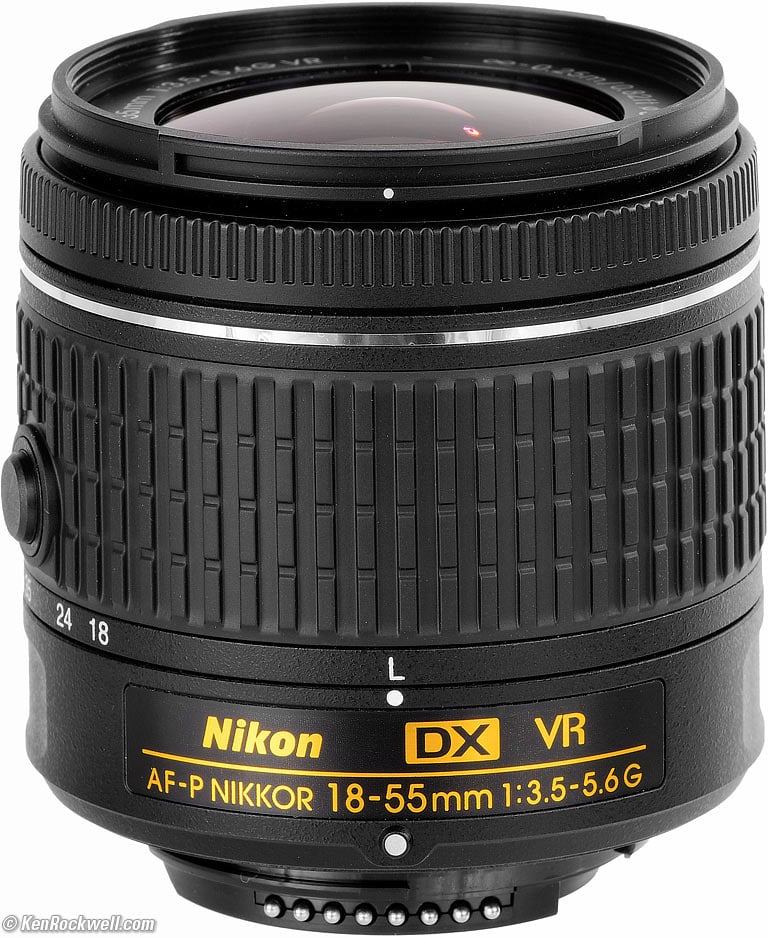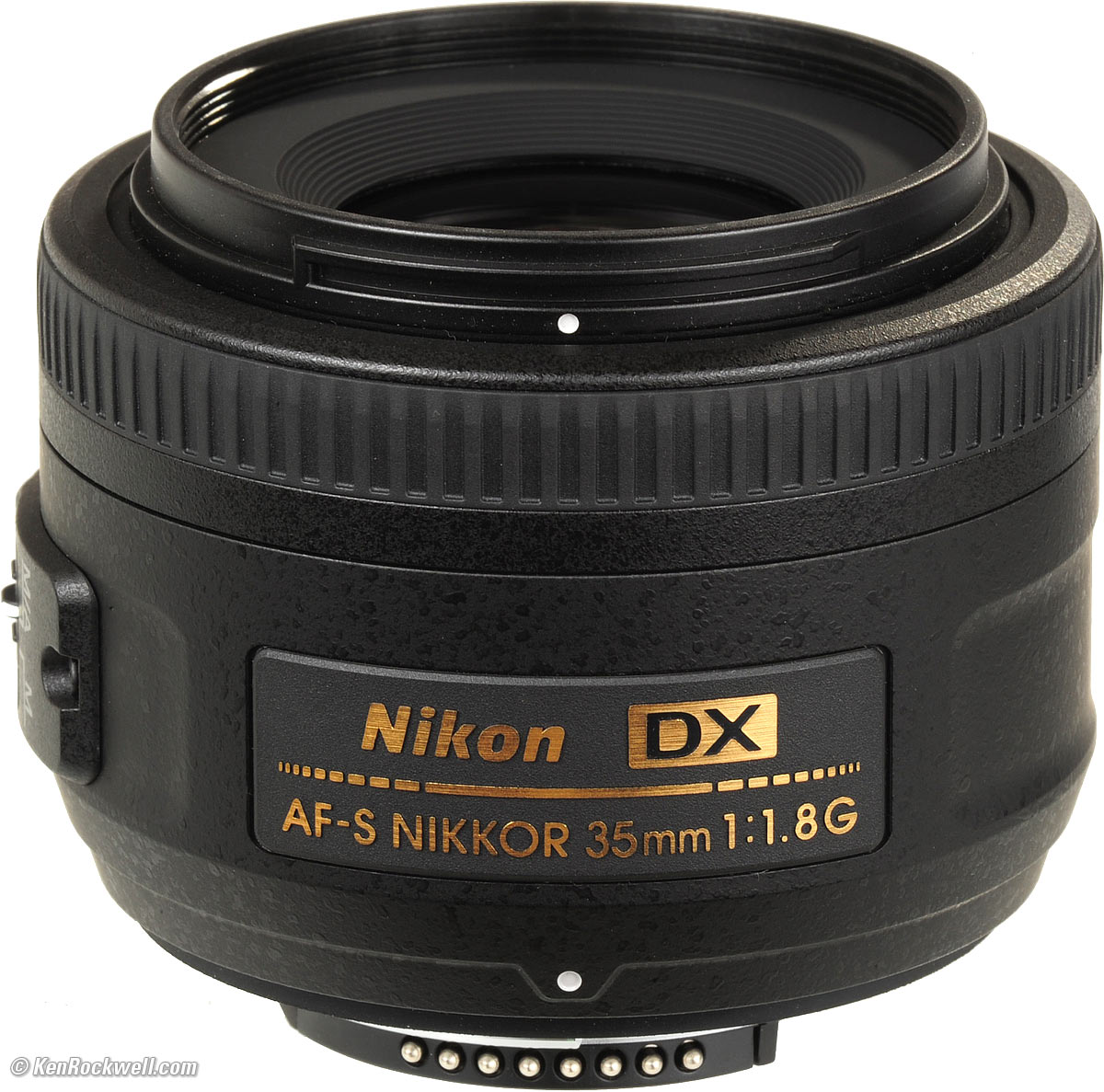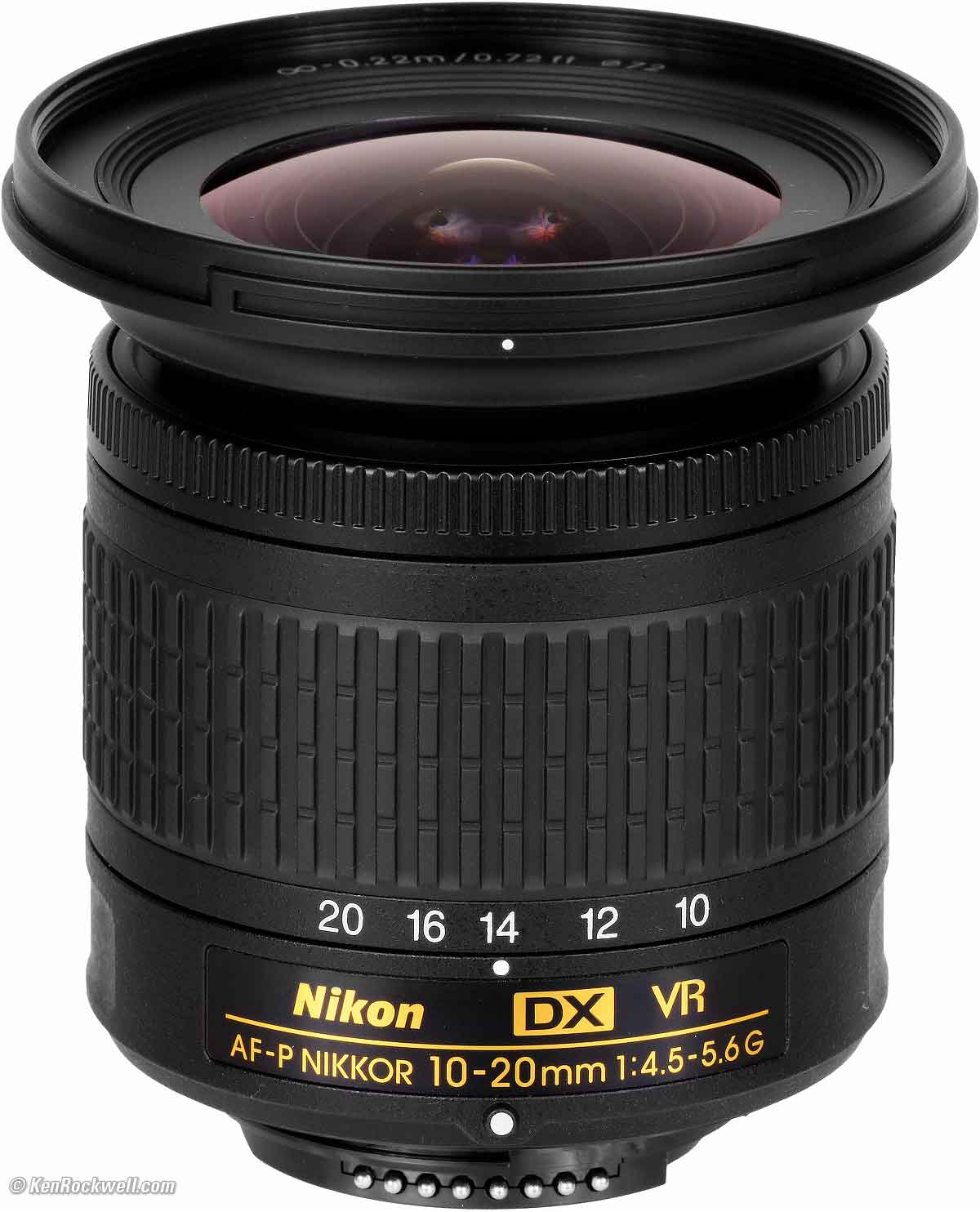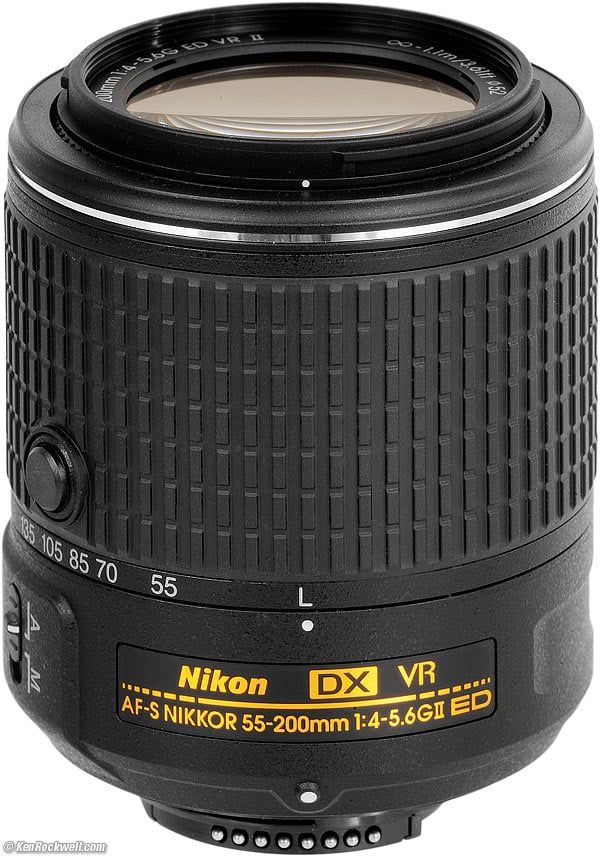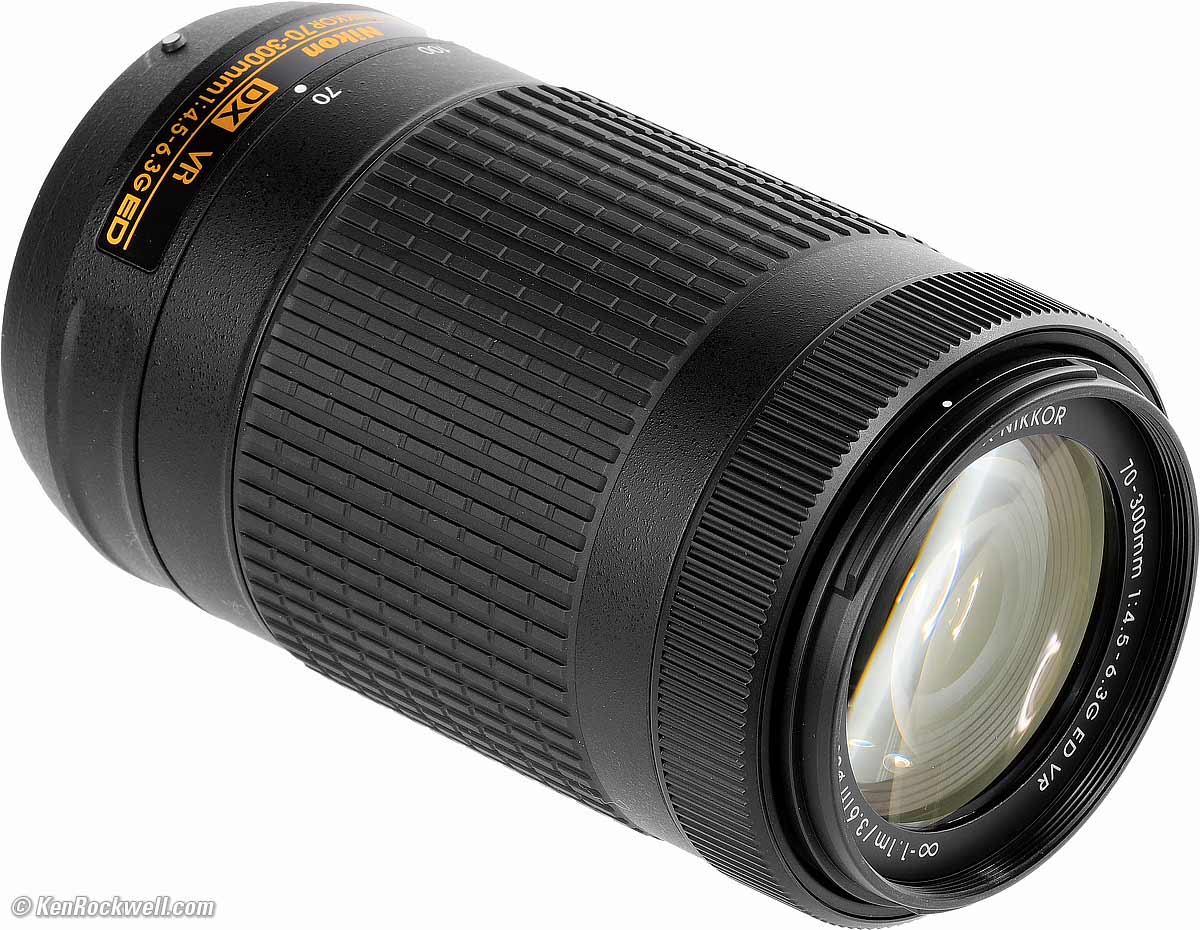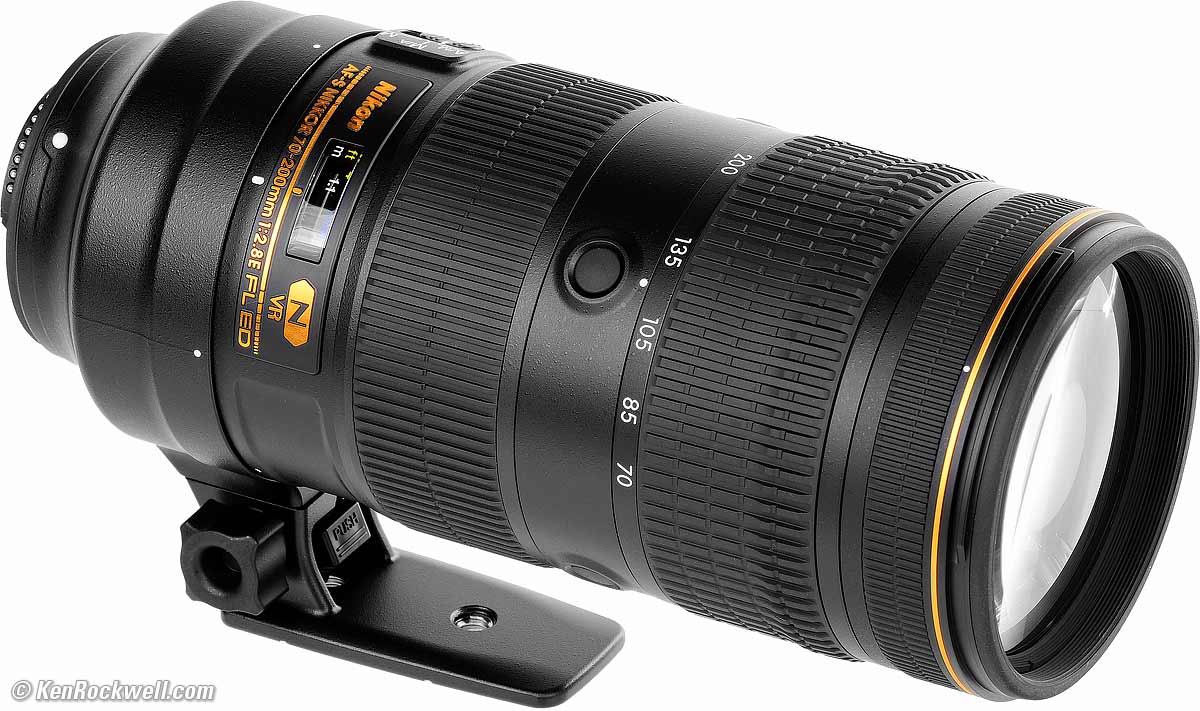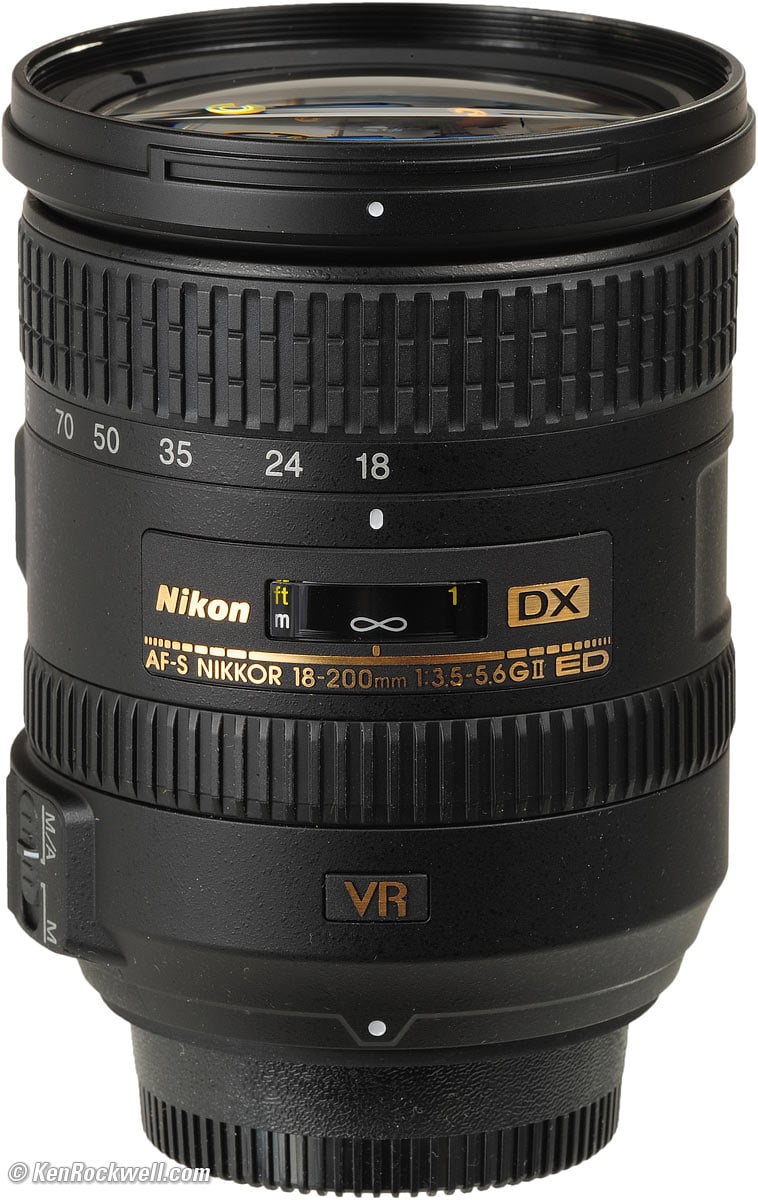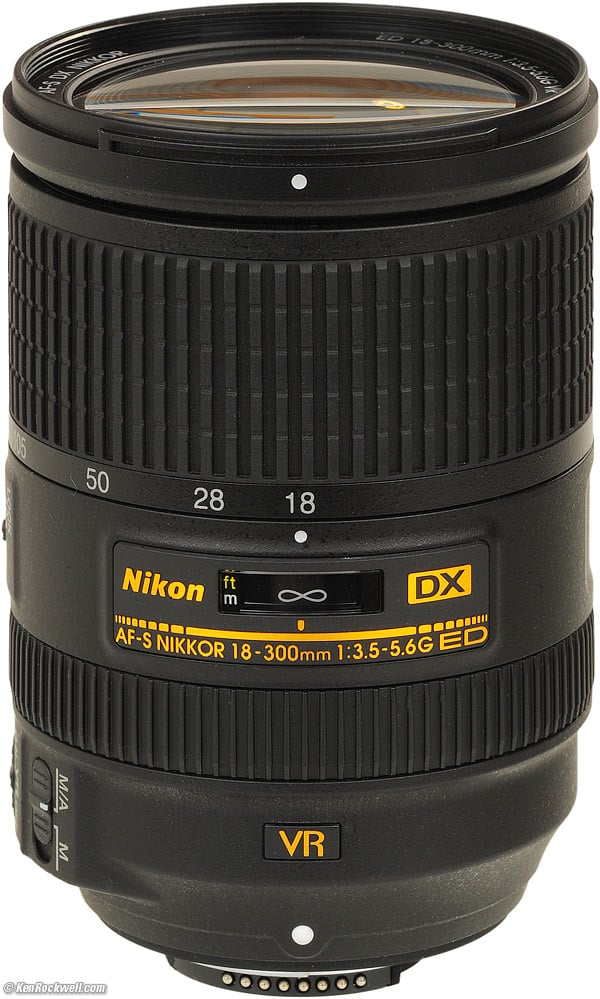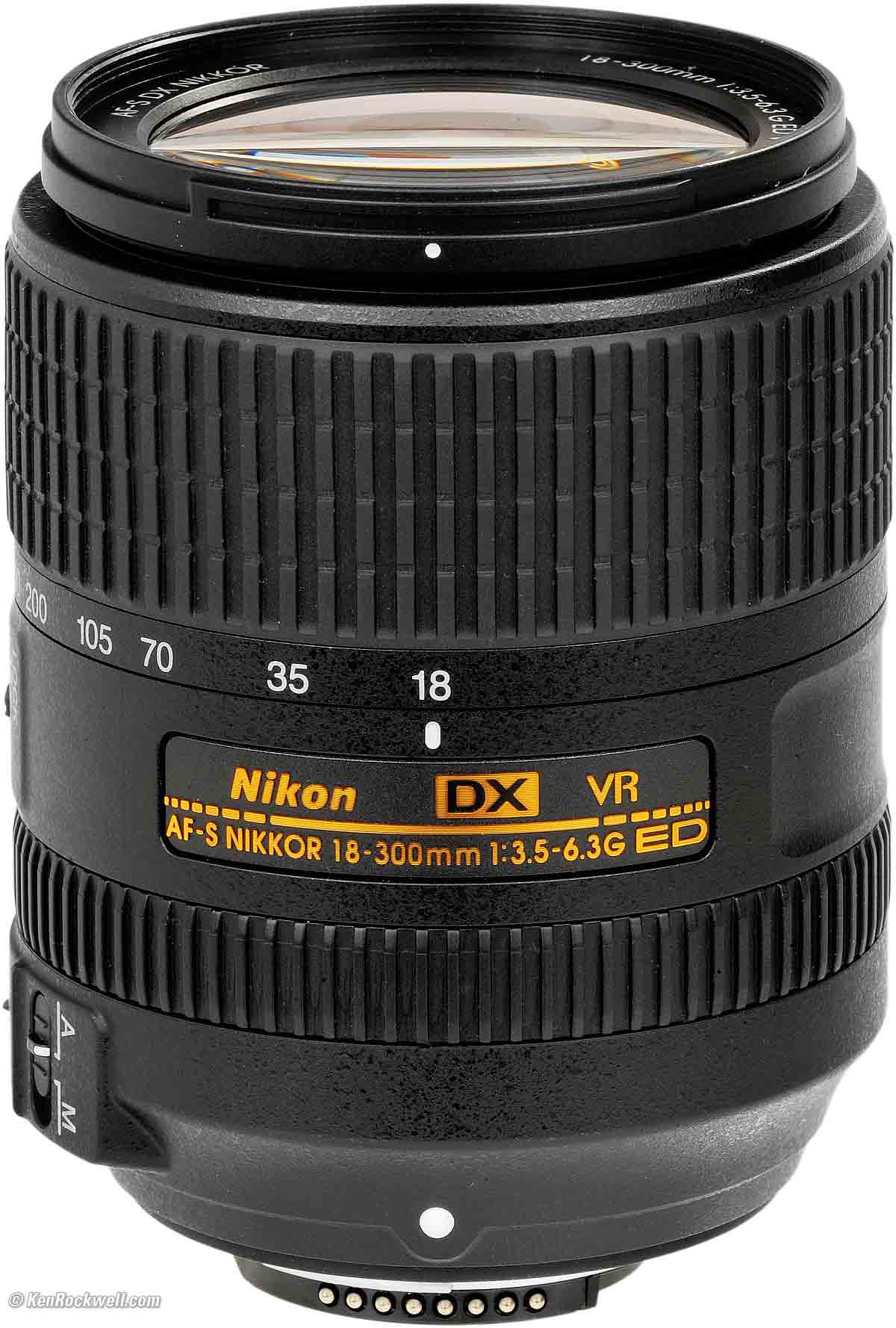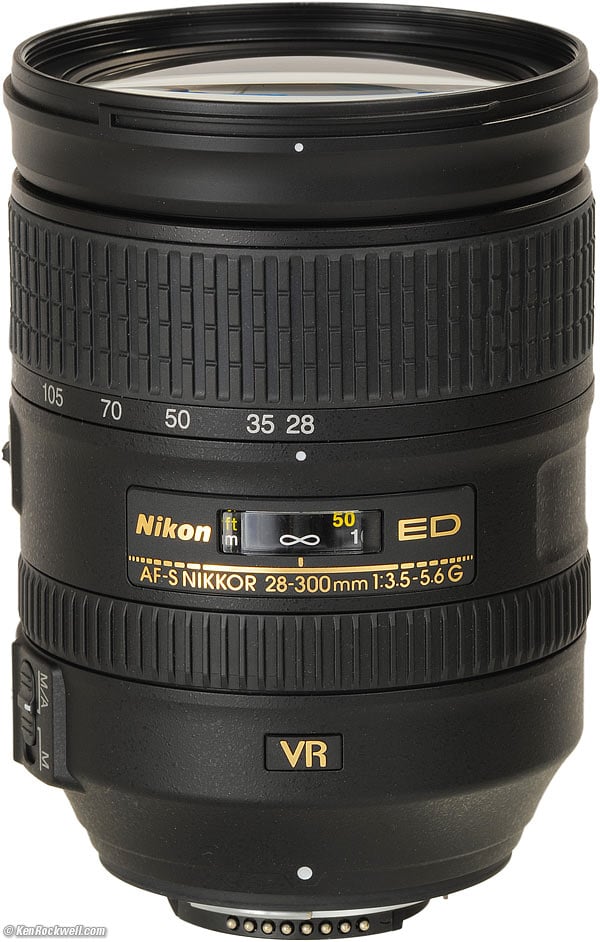Home Donate New Search Gallery Reviews How-To Books Links Workshops About Contact
The DX Dream Team
Basics The Team Wide Normal Tele
18-200 18-300 28-300 Compare Gotchas
This free website's biggest source of support is when you use any of these links to approved sources when you get anything, regardless of the country in which you live — but I receive nothing for my efforts if you take a chance and buy elsewhere. I get no government hand-outs and run no pledge drives to support my research, so please always use any of these links to approved sources for the best prices, service and selection whenever you get anything. Thanks for helping me help you! Ken.
March 2018 Nikon Reviews Nikon Lenses Nikon FX Dream Team
Introduction top
|
I buy only from these approved sources. I can't vouch for ads below. |
Basics The Team Wide Normal Tele
18-200 18-300 28-300 Compare Gotchas
Just a few inexpensive DX lenses just happen to be exactly what we need for shooting anything with DX cameras.
With nothing but a couple of the Dream Team lenses (the 10-20mm DX, 18-55mm AF-P VR, 35mm f/1.8 DX and 55-200mm VR DX II), you'll be prepared for any serious assignment.
You're far better off spending your money on these Dream Team lenses and a D3300 than throwing limited money away on fancier cameras.
The Dream Team will outfit you for anything, and I rarely carry all those lenses. All I usually carry is the 35mm f/1.8 DX or 18-55mm AF-P VR and I'm done, or just the 10-20mm DX and 55-200mm VR DX II. All you need is one lens on your camera and the second in your pocket, and you're good.
I originally wrote this page in about 2008. Today the 18-300mm VR II could also be the only one lens you'd ever need to replace the entire Dream Team.
It's always better to carry less; see also Assembling a System.
Personally, just get the 10-20mm DX, 35mm f/1.8 DX and 55-200mm VR DX II and you're done. Feel free to replace the 35mm and/or 10-20mm by the 18-55mm AF-P; few people need or know how to use an ultrawide lens like the 10-20mm.
Basics top
Basics The Team Wide Normal Tele
18-200 18-300 28-300 Compare Gotchas
All you really need for 90% of everything you might want to shoot is the 18-55mm lens that probably came with your camera.
Nikon 18-55mm AF-P VR kit lens. (55mm filters, 7.1 oz./200g.)
Personally, I usually shoot with this or the 35mm f/1.8 and leave the rest at home. I move a few steps closer or further away to frame, and I'm good. The 35mm f/1.8 is a tougher, faster lens than the basic 18-55mm zoom.
Nikon 35mm f/1.8 DX (52mm filters, 6.95 oz/197.0g).
This 35/1.8 is an ultra sharp and ultra fast normal lens. It's often the only lens I carry.
The Dream Team top
Basics The Team Wide Normal Tele
18-200 18-300 28-300 Compare Gotchas
Either single lens above is all you really need. Pick one, and go.
If you insist on buying more lenses, here are the only two or three you'll ever need for everything on DX cameras.
Never carry lenses whose focal length ranges overlap. I'm very serious about this. If you carry any lenses which overlap, you'll not only have to lug them all over, you'll miss photos as you waste your time wondering which lens to use for each shot and spend time jamming them on and off your camera. See also Assembling a System.
A pro photographer carries only two lenses, often on two dedicated bodies. With these, he's prepared for everything.
One lens is a wide zoom, and the other is a tele zoom. Often a pro throws a fast, fixed, normal lens in his pocket for low light, but that's it. Anyone who carries more is probably an amateur who doesn't shoot often enough to thin out his bag.
Pros know they don't need to cover every millimeter of focal length. The difference between the long end of the wide lens and short end of the tele lens is close enough that a few steps forward or back makes up the difference. Pros don't bother with mid-range zooms, although some wedding photographers will use a midrange zoom and nothing else.
Click any of the lenses or links for detailed reviews.
Ultra Wide: 10-20mm top
Basics The Team Wide Normal Tele
18-200 18-300 28-300 Compare Gotchas
Nikon 10-20mm (77mm filters, 8.2 oz./230 g).
This new, ultralight lens also has superb performance. It's a fraction of the price and weight of the older 10-24mm and 12-24mm, which are also perfectly swell lenses.
For most people, the 18mm end of any zoom is wide enough. If this is you, forget this 10-20mm lens and use one of those instead.
This is a specialized lens. See How to Use Ultrawide Lenses for more.
If you get the 35/1.8 lens instead of an 18-55mm zoom, then you may need this lens.
Fast Normal: 35mm f/1.8 top
Basics The Team Wide Normal Tele
18-200 18-300 28-300 Compare Gotchas
Nikon 35mm f/1.8 (52mm filters, 6.95 oz/197.0g).
The Nikon 35mm f/1.8 is spectacular, especially when you consider that it sells for only $200.
For many photographers, including myself, I could quite happily shoot with nothing but this lens on my camera forever. Learn to move in and out and you don't need a zoom.
Tele Zoom: 55-200mm VR II top
Basics The Team Wide Normal Tele
18-200 18-300 28-300 Compare Gotchas
Nikon 55-200mm VR II (52mm filters, 10.4 oz./296g, 3.6'/1.1m close focus).
This lightweight $150 tele lens is magnificent. It is optically marvelous, and handles and works great on every DX camera.
It takes the same 52mm filters as most Nikon lenses like the older 18-55mm and 35mm f/1.8 lenses, and has Vibration Reduction (Image Stabilization) for sharp hand-held shots at every focal length.
The only negatives to this superb and compact lens is that you need to be careful to grab the camera and not the lens, since the bayonet lens mount is plastic (this keeps weight down), and that you have to move a switch to get into manual focus mode. More expensive lenses often allow instant manual focus override simply by grabbing the focus ring.
If sports are your thing, get the 70-300mm VR AF-P below instead, as it has almost instantaneous autofocus. No, you don't need any other lens to cover the 55-70mm or 35-70mm range; you won't miss it.
Other Teles
I own huge pro f/2.8 tele zooms, but I still prefer to shoot this 55-200mm VR lens when I shoot DX. I prefer its small size and focal length range; that's the whole point of DX cameras.
You can pay more, but all you're getting will be tougher build quality, more weight, the need for bigger filters, instant manual-focus override and faster autofocus — but you'll lose the ability to zoom as short as 55mm.
If you really want to pay more (I don't), you can use either of the 70-300mm DX AF-P VR or 70-200mm f/2.8 FL on DX instead, but why pay that much money just to carry more weight? The pictures are the same.
Get only one tele. If you get either of these, don't bother with any other like the 55-200mm.
Nikon 70-300mm VR AF-P (58mm filters, 14.5 oz./412g, 3.7'/1.1m close-focus).
For action and sports, the 70-300mm VR AF-P has ultra-fast autofocusing. I'd strongly suggest it instead of the 55-200 or 55-300 for action shots. Be sure to get the VR version; the very similar non-VR version lacks image stabilization and makes it very difficult to get sharp pictures.
Nikon 70-200mm f/2.8 FL (metal 77mm filter thread, 50.3 oz./1,425g with tripod collar, 3.6'/1.1m close-focus).
Full-time pros use the Nikon 70-200mm f/2.8 FL. I doubt anyone really needs a lens this big and expensive, but if you shoot all day for a living, you'll love it.
What About the 18-200mm? top
Basics The Team Wide Normal Tele
18-200 18-300 28-300 Compare Gotchas
The 18-200mm VR II replaces the entire dream team in one lens.
The 18-200 is awesome, and is all most people need, but it's big, heavy and expensive, and doesn't work as well in the dark as the 35/1.8.
I've gotten so lazy that the 18-200mm is too heavy for me to want to carry around all day. It suits the chunky old D200 and D300, but I don't shoot either of those cameras anymore.
If you carry an 18-200mm VR, carry nothing else except the 35/1.8 for the dark.
If you carry the 10-24mm, do not carry the heavy 18-200mm VR because it duplicates part of the range. If you're going to carry the 10-24mm, bring the 55-200mm VR instead of the bulkier 18-200mm VR.
The 18-200mm VR takes a 72mm filter, while all the other lenses except the 10-24mm take standard 52mm filters.
What About the 18-300mm VR? top
Basics The Team Wide Normal Tele
18-200 18-300 28-300 Compare Gotchas
Just like the 18-200mm, the larger Nikon 18-300mm VR and newer Nikon 18-300mm VR II each replace the entire team.
Get one of these if you want to cover a huge range in one big twist of the wrist.
What About the 28-300mm VR? top
Basics The Team Wide Normal Tele
18-200 18-300 28-300 Compare Gotchas
The Nikon 28-300mm VR is a big, fat FX lens. It's big because it covers larger format cameras, but it doesn't cover wide-angle on DX cameras.
Don't use the 28-300 on DX cameras; use the new Nikon 18-300mm VR II instead. The 28-300 will work on DX, but I'd only use it on FX.
Compared top
Basics The Team Wide Normal Tele
18-200 18-300 28-300 Compare Gotchas
Range |
Max Speed |
Weight |
Filters |
Price (7/09) |
Price (10/17) |
|
| Dream Team | 10-200mm |
f/1.8 |
25.5oz/723g |
52 and 77mm |
$1,200 |
$651 |
| 10-20 + 55-200 | 10-200mm |
f/3.5 |
18.6oz/526g |
52 and 77mm |
$1,000 |
$454 |
| 18-200mm | 18-200mm |
f/3.5 |
19.8oz/560g |
72mm |
$700 |
$646 |
| 18-55 + 55-200 | 18-200mm |
f/3.5 |
17.5oz/496g |
52mm |
$520 |
$394 |
| 35mm f/1.8 | 35mm |
f/1.8 |
6.95oz/197g |
52mm |
$200 |
$200 |
| 18-55mm | 18-55mm |
f/3.5 |
7.1oz/200g |
52mm |
$120 or free |
$247 or free |
Gotchas top
Basics The Team Wide Normal Tele
18-200 18-300 28-300 Compare Gotchas
These DX lenses are of little use on FX cameras. If you see an FX camera in your future, you'll wind up buying all new lenses.
Yes, FX cameras downgrade themselves automatically to DX if you attach one of these DX lenses, but you'll only be using the center of your sensor and viewfinder. You'll quickly tire of that.
Even though Nikon touts "Compatible!," you'll wind up buying FX lenses for any FX camera you buy.
© Ken Rockwell. All rights reserved. Tous droits réservés. Alle Rechte vorbehalten.
Help Me Help You
I support my growing family through this website, as crazy as it might seem.
The biggest help is when you use any of these links when you get anything. It costs you nothing, and is this site's, and thus my family's, biggest source of support. These places always have the best prices and service, which is why I've used them since before this website existed. I recommend them all personally.
If you find this page as helpful as a book you might have had to buy or a workshop you may have had to take, feel free to help me continue helping everyone.
If you've gotten your gear through one of my links or helped otherwise, you're family. It's great people like you who allow me to keep adding to this site full-time. Thanks!
If you haven't helped yet, please do, and consider helping me with a gift of $5.00.
As this page is copyrighted and formally registered, it is unlawful to make copies, especially in the form of printouts for personal use. If you wish to make a printout for personal use, you are granted one-time permission only if you PayPal me $5.00 per printout or part thereof. Thank you!
Thanks for reading!
Mr. & Mrs. Ken Rockwell, Ryan and Katie.





